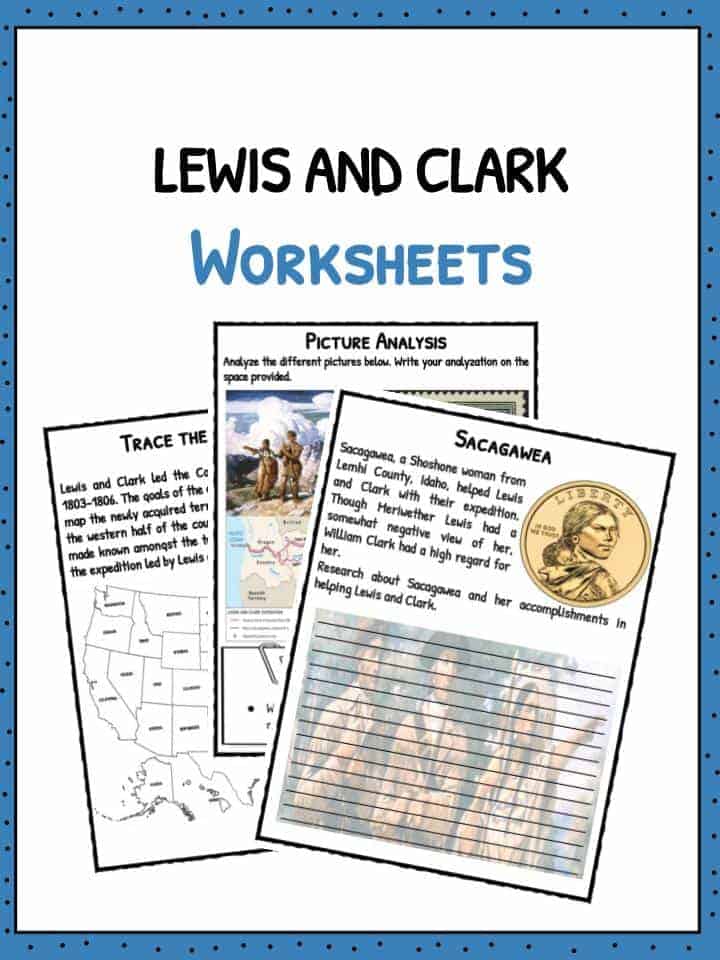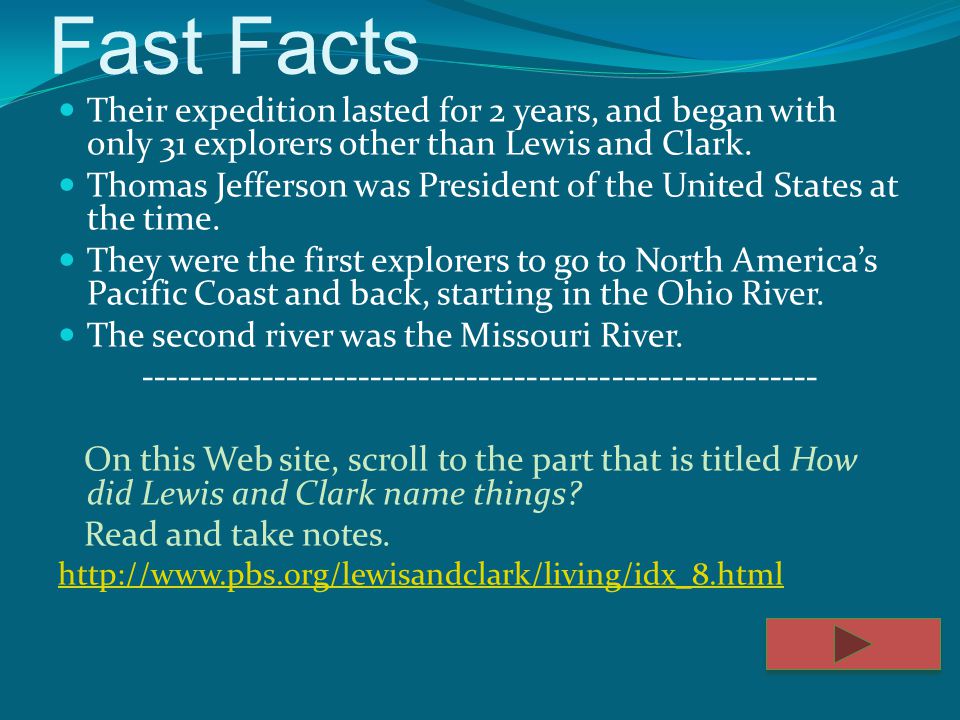

They would be among a select group of white people to see the area abounding with elk, deer, bison, and beavers before the large-scale encroachment of European settlement. During the coming weeks, the expedition would reach the Great Plains. Floyd was buried at Floyd's Bluff in what is now Sioux City, Iowa. He would be the party's only death on the expedition over the next two years. On August 20, 1804, Sergeant Charles Floyd died, apparently from acute appendicitis. The expedition followed the Missouri through what is now Kansas City, Missouri, and Omaha, Nebraska. Three days later, they passed La Charrette, the westernmost Euro-American settlement on the Missouri. The expedition then set off west following the Missouri River on 21 May. On May 14, 1804, the Corps left Dubois by canoe in order to meet up with Lewis at St. At Kaskakia, he recruited the expedition's chief non-commissioned officer, John Ordway.Ī total of 33 volunteers, including 29 in training, spent the 1803–1804 winter at Camp Dubois in Indiana Territory. Lewis conducted interviews and recruited at Fort Massac, and at the old French Mississippi River village of Kaskaskia. In total almost a third of the party's permanent members – forming the heart of the Corps – were from Louisville, Clarksville or their surrounding areas. This group eventually became known as the "Nine Young Men from Kentucky": William Bratton, John Colter, Joseph Field, Reubin Field, Charles Floyd, George Gibson, Nathaniel Pryor, George Shannon, and John Shields. He first went to Louisville, Kentucky where he found his first recruits in then Clarksville, Indiana. He also wanted men who were brave, unmarried, and healthy.

Men were expected to be excellent hunters and possess skills that would ensure their survival in the wilderness. To create the Corps of Discovery, and to ensure any chance of success, Lewis wanted to find the best possible men he could and recruit them to join his expedition. Ī member of Oglala Sioux with one of the original Indian Peace Medals that were given out by the Lewis and Clark Expedition to Native American leaders between 18 Much time went into ensuring a sufficient supply of these items.

They also carried flags, gift bundles, medicine and other items they would need for their journey. The Corps of Discovery was equipped with sufficient black powder and lead for their flintlock firearms, knives, blacksmithing supplies, and cartography equipment. But the Corps would be prepared for any acts of hostility because it would be equipped with the most advanced weapons available, such as rifles and a. The soldiers were to distribute them to the nations they met. mint prepared special silver medals with a portrait of Jefferson and had a message of friendship and peace, called Indian Peace Medals or peace medals. claim to the Pacific Northwest and Oregon territory by documenting an American presence there before other European nations could lay title to the land. Jefferson also wanted to establish a U.S. sovereignty over the native peoples along the Missouri River. military, was to explore the Louisiana Purchase, and establish trade and U.S.

The goals of the Corps of Discovery, whose cadre would be raised primarily from the U.S. Army Captain, Meriwether Lewis, who selected William Clark as his partner. In 1803, President Thomas Jefferson commissioned the Corps of Discovery, and named as its leader his personal secretary and U.S. Congress, dated January 18, 1803, asking for $2,500 to equip an expedition that would explore the lands west to the Pacific A letter from President Thomas Jefferson to the U.S.


 0 kommentar(er)
0 kommentar(er)
